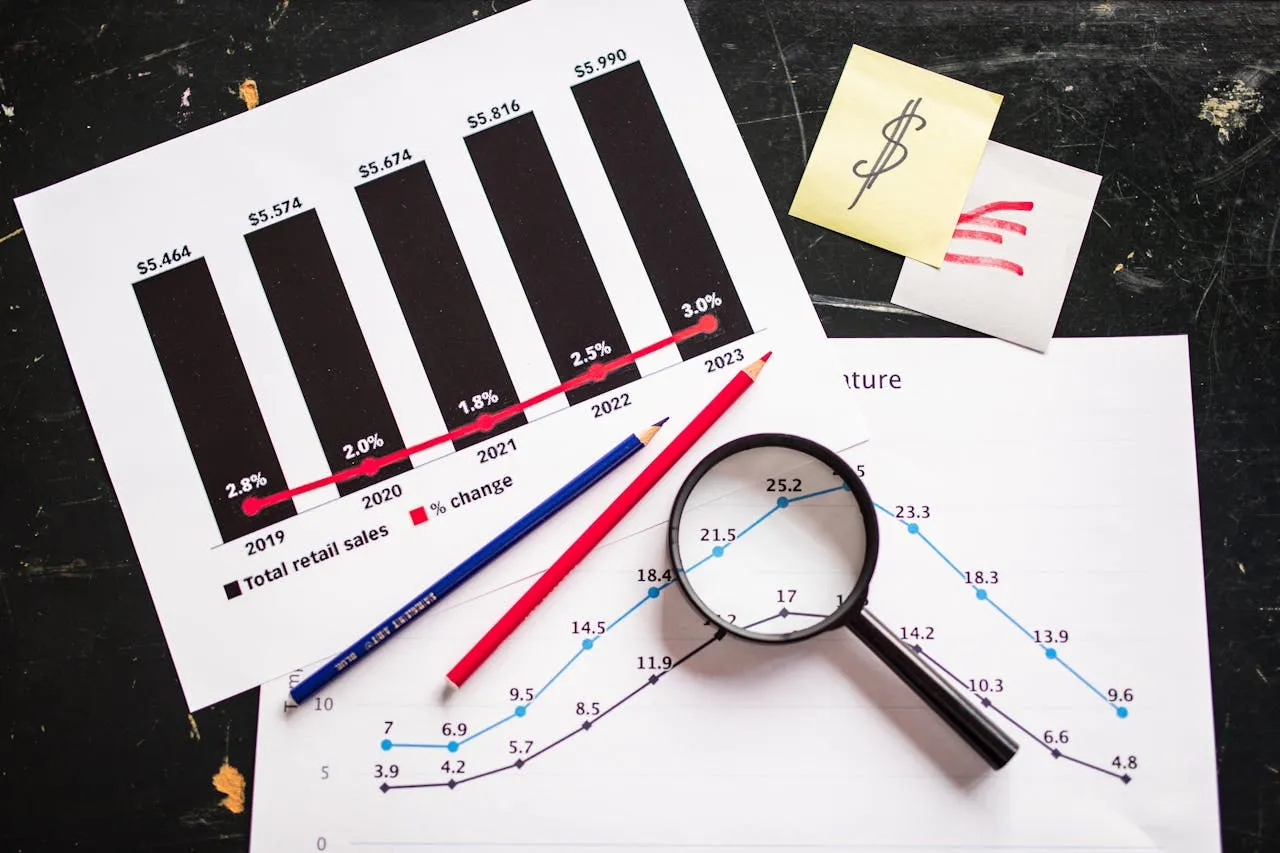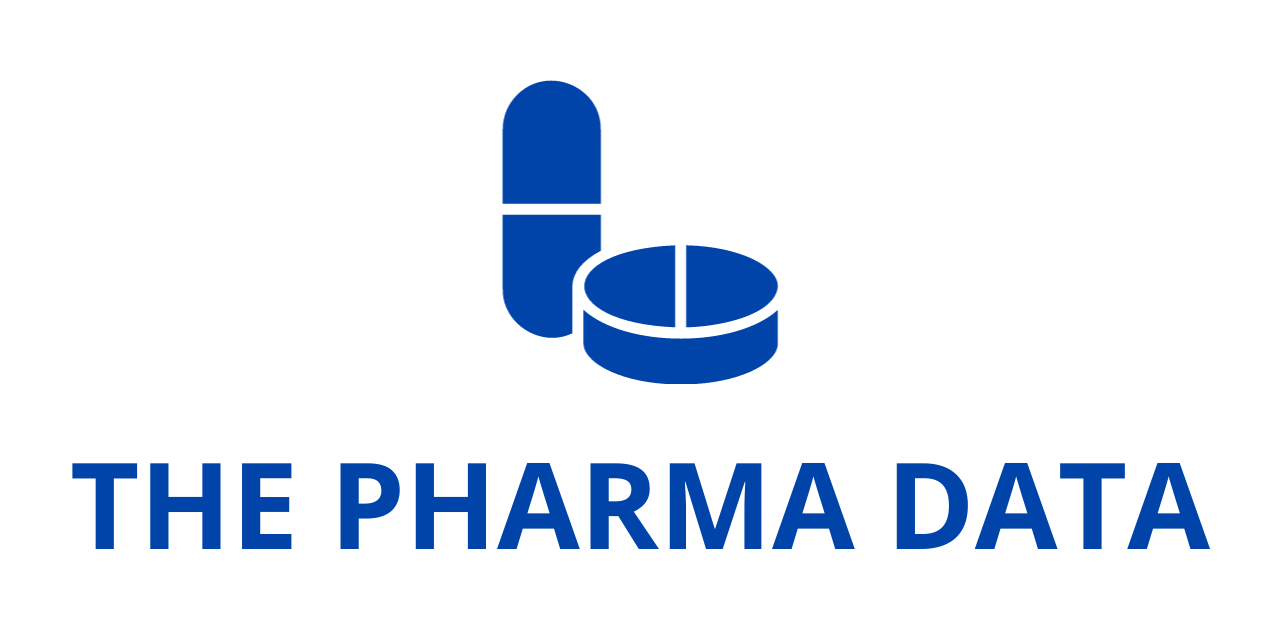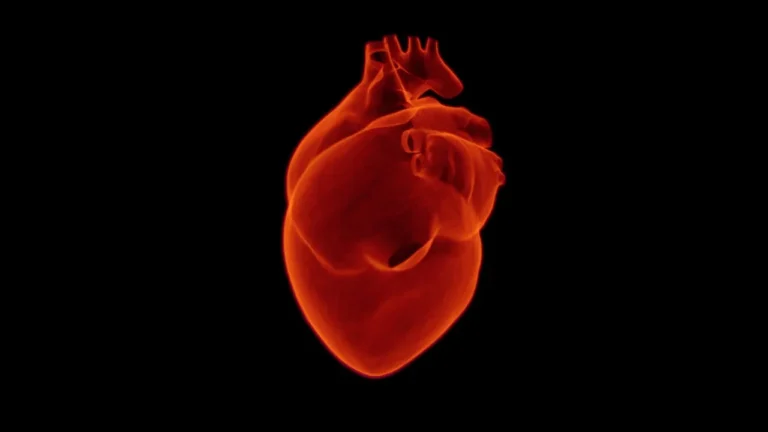
Automated Cell Processing System Market Forecasts Set for Robust Growth Through 2035 Amid Rising Demand for Cell Therapies
Automated Cell Processing System Market Industry Trends and Global Forecasts to 2035: Distribution by Cell Therapy Processing Step, Scale of Operation, End User, and Key Geographical Regions” to its comprehensive offering. This report delivers an in-depth analysis of the evolving landscape of automated cell processing systems, which are increasingly becoming a cornerstone of modern cell therapy manufacturing and development.
The global automated cell processing system market, valued at approximately USD 220 million in 2025, is projected to expand at a robust compound annual growth rate (CAGR) of 16% during the forecast period through 2035. This growth is driven by the rising number of cell therapy candidates, significant technological advancements in automation, and the increasing focus of healthcare stakeholders on efficient, cost-effective manufacturing solutions.
Rising Cell Therapy Development Fuels Market Expansion
The biotechnology sector has experienced remarkable progress in recent years, particularly in the development of cell and gene therapies. Currently, over 2,000 cell and gene therapy candidates are under investigation across a wide array of disease indications. The successful approval of several therapies by the U.S. Food and Drug Administration (FDA) has demonstrated the transformative potential of these therapies in treating cancer, rare diseases, and chronic conditions. These advances have generated significant interest from pharmaceutical companies, biotechnology firms, and medical technology providers.
Despite their therapeutic promise, conventional cell therapy manufacturing processes remain labor-intensive and time-consuming. Manual processing is not only costly but also prone to variability across production batches, which can compromise product consistency and quality. These limitations have created a pressing demand for automated solutions that streamline workflows, improve reproducibility, and reduce operational costs.
Automated Solutions: Redefining Cell Therapy Manufacturing
In response to these challenges, several innovative automated and closed cell processing systems have emerged. These systems integrate advanced technologies to facilitate the production of high-quality cell therapies while minimizing manual labor and human error. For example, platforms such as GMP-In-A-Box provide multiple operational advantages, including higher throughput, reduced idle time between batch runs, and significantly lower labor requirements.
The adoption of these automated solutions is expected to have a transformative impact on the market, enabling organizations to scale up production more efficiently and meet the growing demand for advanced therapies. Over 60 distinct automated and closed systems are currently available, developed by both established companies and emerging startups, each targeting specific steps in the cell therapy workflow.
Key Insights from the Automated Cell Processing System Market
The automated cell processing system market is characterized by a diverse and fragmented landscape, with both established players and innovative startups actively pursuing technological advancements. Since 2010, numerous startups have emerged, focusing exclusively on automated systems that streamline cell therapy manufacturing and cryopreservation.
Most automated systems on the market are designed to comply with current regulatory requirements, ensuring that products meet stringent quality standards. Notable examples include BATON, NANT 001, robotic cell culture systems, and the Volta Loop. These platforms exemplify the capability of automated systems to enhance productivity, reduce batch variability, and improve reproducibility.
Stakeholder interest in automated cell processing systems is further evidenced by a growing number of partnerships and collaborations. Recent analyses indicate that the number of partnerships in this space has increased at a CAGR of 24%, with over 70% of collaborations occurring since 2018. Many deals focus on integrating advanced technologies, such as the SA25 aseptic filling work cell from Vanrx Pharma Systems, to enhance the fill/finish stage of cell therapy production.
Strategic Developments and Competitive Dynamics
Companies operating in this domain are actively seeking competitive advantages by integrating novel features into their products and service offerings. A detailed evaluation of more than 300 stakeholders, including major pharmaceutical players, reveals multiple strategic partnership opportunities for developers of automated cell processing equipment.
The market is expected to continue its strong growth trajectory, with automated and closed systems projected to expand at an annualized rate of 16% over the next decade. This growth reflects not only the cost-saving potential of automation across multiple processing steps but also the increasing adoption of advanced therapies worldwide.
Market Research Coverage and Analysis
The ResearchAndMarkets.com report provides a comprehensive view of the competitive landscape, including:
- Product Competitiveness Analysis: A thorough assessment of automated and closed systems, considering supplier power, product portfolio characteristics, and technological differentiation.
- Company Profiles: Detailed insights into key players such as AstraZeneca, Baxter, Bayer, Cytiva (acquired by Danaher Corporation), Cellular Therapeutics, Lonza, Merck, Pall (acquired by Danaher Corporation), Terumo BCT, and ThermoGenesis. Profiles include company overviews, financial information (where available), product descriptions, recent developments, and informed forecasts.
- Partnerships and Collaborations: An analysis of deals signed in the automated cell processing system market, categorized by year, partnership type, therapy type, cell processing step, key systems involved, partner focus areas, top active players, and geographical location.
- Big Pharma Initiatives: A comprehensive evaluation of recent initiatives by major pharmaceutical companies engaged in automated cell processing technologies.
Market Segmentation and Scope
The report segments the automated cell processing system market across multiple dimensions:
- Cell Therapy Processing Steps: Apheresis, separation, expansion, harvest, fill/finish, cryopreservation, and thawing.
- Scale of Operation: Preclinical/clinical operations and commercial organizations.
- End Users: Hospitals, medical centers, clinics, research institutes, academic institutions, and cell therapy manufacturers or developers.
- Key Geographical Regions: North America, Europe, Asia-Pacific, Latin America, and the Middle East and North Africa.
Opportunities for Stakeholders
The report equips stakeholders with actionable insights, enabling them to make informed decisions in a competitive and evolving market. Detailed revenue projections, competitive dynamics, and partnership trends provide valuable intelligence for both established market leaders and new entrants. By leveraging this information, companies can optimize their market positioning, identify strategic growth opportunities, and develop effective go-to-market strategies.
Additionally, the report offers complementary resources, including PPT insight packs and Excel data packs covering all analytical modules, as well as 15% free content customization and detailed walkthrough sessions with the research team. These resources are designed to facilitate strategic planning and data-driven decision-making.




